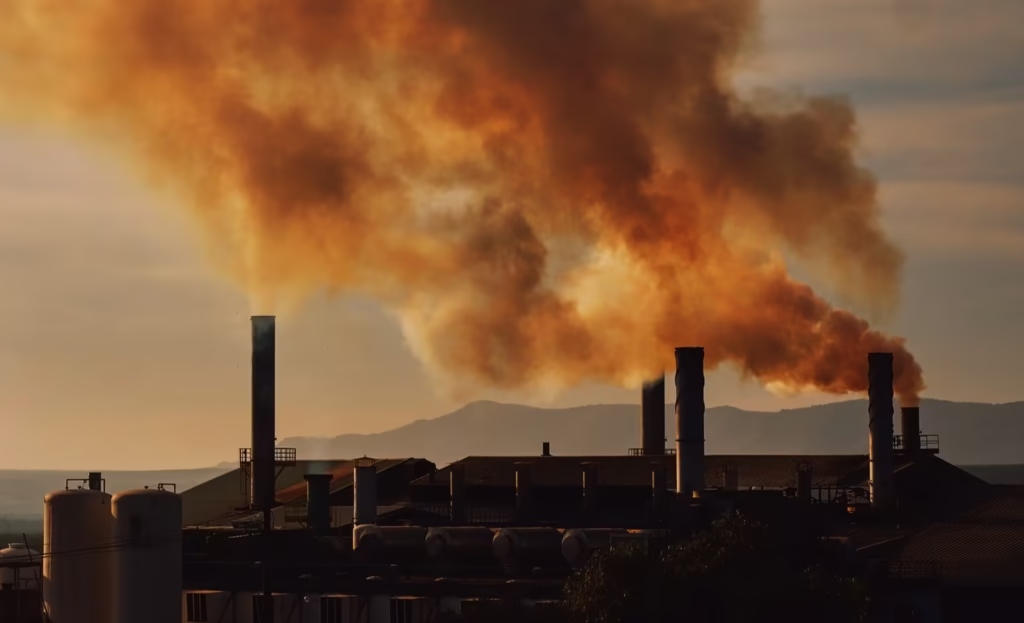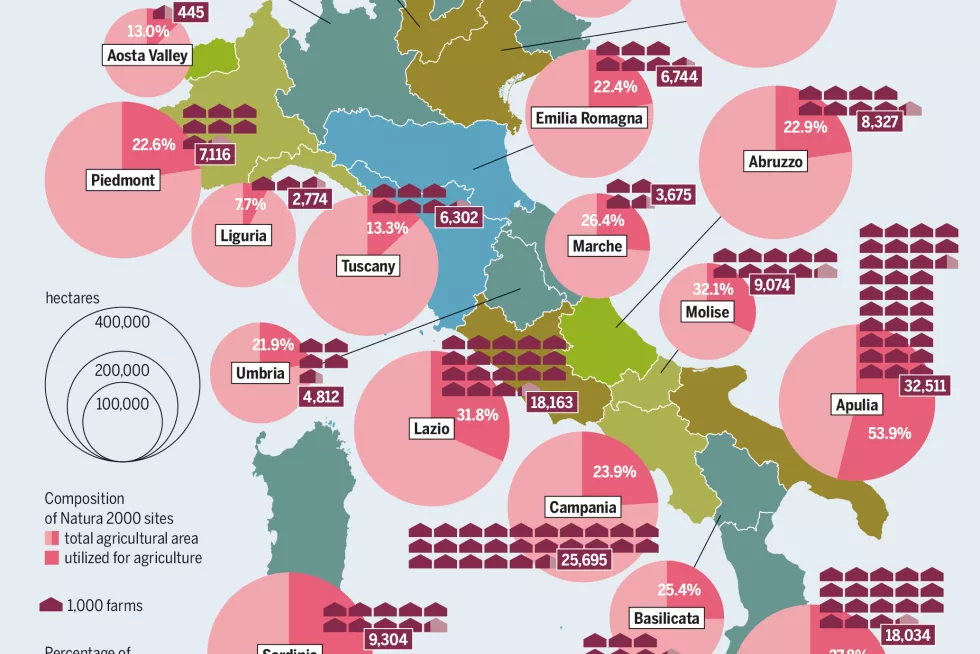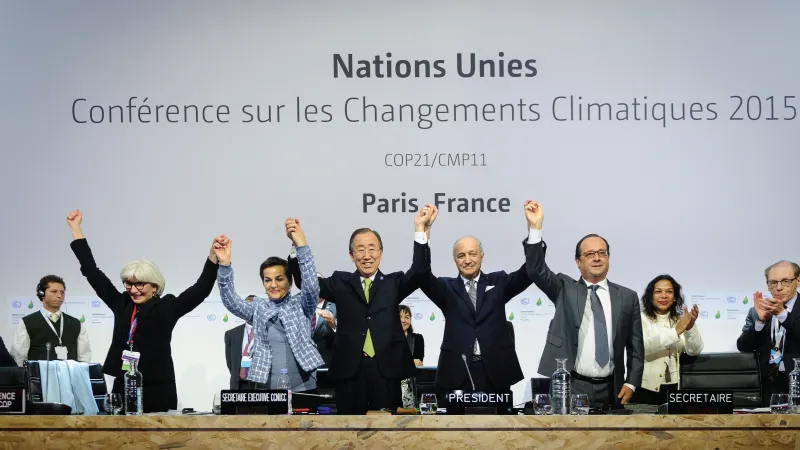Environmental protection laws are some of the most important legal tools we have to defend the planet. As climate change accelerates and ecosystems degrade, these laws help protect air, water, and biodiversity across the globe.
From protecting forests and wetlands to ensuring clean air and water, environmental laws create a structured response to environmental crises. They empower governments to hold corporations accountable, penalize illegal deforestation, regulate emissions, and preserve vital natural resources. These laws are the foundation for achieving sustainability and environmental justice worldwide.
Historical Roots of Environmental Law
Modern environmental legislation often finds its roots in environmental disasters. The 1969 Santa Barbara oil spill in the U.S. catalyzed the birth of the National Environmental Policy Act (NEPA), which laid the groundwork for requiring environmental impact assessments. Likewise, the 1952 Great Smog of London, which caused thousands of deaths, triggered the UK’s landmark Clean Air Act of 1956.

These pivotal moments sparked legal change and shifted public attitudes toward environmental responsibility. Governments began to acknowledge that unchecked industrialization could destroy more than it built — and that law was the best tool to regulate that balance.
Balancing Development and Conservation
Environmental laws strive to achieve a delicate balance between economic development and nature conservation. On one hand, nations want to grow their economies through infrastructure, energy, and agriculture. On the other hand, that growth must not come at the cost of irreversible environmental degradation. Strong legal frameworks guide this balance by defining clear boundaries — protecting wetlands, forests, coastlines, and air quality while allowing sustainable use of natural resources.
Without legal oversight, corporations could overexploit forests, discharge industrial waste into rivers, or emit toxic gases into the atmosphere without consequence. Laws act as a deterrent, ensuring that the environment is treated as a shared resource — not an unlimited one.
The Role of Environmental Agencies
In most countries, environmental laws are enforced by specialized agencies. In the U.S., this is the Environmental Protection Agency (EPA); in the EU, environmental directives are monitored by the European Environment Agency. These bodies monitor compliance, issue fines, conduct environmental impact assessments, and update regulations in response to new scientific data.
However, the presence of these agencies does not guarantee effectiveness. Their ability to enforce laws often depends on political will, funding, and support from civil society. In developing nations, environmental laws may exist on paper but lack real power due to corruption or lack of resources.
Global Environmental Agreements Shape Local Laws
As environmental issues increasingly transcend national borders, international treaties play a growing role in shaping national legislation. Agreements such as the Paris Climate Accord and the Convention on Biological Diversity set global expectations, which countries then translate into their own laws. For example, the Paris Agreement requires participating countries to create climate action plans and update them every five years.

These agreements show that environmental protection is a shared responsibility — and that laws must evolve to match the global scale of today’s challenges.
What This Article Will Cover
In the following sections, we will examine specific environmental protection laws from different parts of the world. We’ll explore what makes them effective, how they’re enforced, and the challenges they face. From air pollution control to wildlife preservation, these laws offer powerful insights into how nations protect their natural heritage.
Key Environmental Protection Laws Around the World
Environmental legislation differs from one country to another, but certain laws stand out due to their impact and influence. In this section, we examine notable environmental protection laws, how they function, and how they’ve shaped sustainable practices worldwide.
The United States: Clean Air and Clean Water Acts
In the U.S., two federal laws are pillars of environmental policy: the Clean Air Act (CAA) and the Clean Water Act (CWA). The Clean Air Act, first passed in 1970 and amended in 1990, empowers the Environmental Protection Agency (EPA) to regulate harmful air pollutants. This law has drastically reduced smog, acid rain, and airborne toxins.
The Clean Water Act, passed in 1972, regulates the discharge of pollutants into rivers, lakes, and oceans. It has played a key role in improving water quality across the United States, ensuring safe drinking water and protecting aquatic habitats.

Together, these laws are considered a model for environmental regulation and have inspired similar legislation around the globe.
The European Union: Natura 2000 and Biodiversity Protection
The European Union has enacted a wide range of directives to protect nature and biodiversity. At the core of these is the **Natura 2000** network—a continent-wide collection of protected areas established under the Birds Directive and the Habitats Directive. This legal framework protects over 1,000 animal and plant species and more than 200 habitat types.
Developers must submit environmental impact assessments before undertaking construction projects in these zones, and member states are obligated to manage the areas sustainably.
Natura 2000 demonstrates how regional cooperation and strict legal measures can effectively preserve ecosystems, even in densely populated regions.
Global Treaties: Paris Agreement and CITES
International environmental law plays a vital role in coordinating global action. The **Paris Agreement**, adopted in 2015, is a legally binding treaty under the United Nations Framework Convention on Climate Change. Its main objective is to keep global warming well below 2°C, with efforts to limit it to 1.5°C. Although countries are not legally punished for failing to meet goals, the agreement forces transparency and peer pressure through public reporting.

Another important treaty is **CITES** (Convention on International Trade in Endangered Species), which controls the trade of wildlife and plants. This treaty helps prevent the extinction of endangered species such as elephants, rhinos, and certain exotic birds by restricting or banning their trade.
India: Environmental Protection Act and Forest Rights
India passed the Environmental Protection Act in 1986 after the Bhopal gas tragedy. This sweeping law gave the central government the authority to regulate emissions, waste disposal, and industrial safety standards. It also empowered agencies to issue fines and shut down non-compliant factories.

Additionally, India’s **Forest Rights Act** acknowledges the rights of indigenous tribes to inhabit and manage forests, recognizing their traditional role in conservation.
These laws showcase a blend of ecological concern with social justice, balancing environmental protection with indigenous land use.
Brazil: The Forest Code and the Amazon
Brazil’s **Forest Code** is designed to regulate land use and protect the Amazon rainforest. It requires landowners in the Amazon region to preserve up to 80% of their land as forest. Although enforcement has been inconsistent, especially under political pressure, the law remains a crucial legal tool for defending the world’s largest rainforest.
Brazil also implements environmental licensing systems that restrict deforestation and promote sustainable agriculture practices.
China: The War on Pollution
China revised its Environmental Protection Law in 2015, introducing stricter penalties for polluters and requiring public disclosure of environmental data. The law marked a turning point in China’s “war on pollution” and supported the growth of renewable energy industries.
China has since banned single-use plastics in several regions and launched a national carbon trading system. These steps show that even heavily industrialized nations can shift toward sustainability through strong legislation.
Kenya: Community-Based Conservation
Kenya’s Environmental Management and Coordination Act (EMCA) of 1999 established the National Environment Management Authority (NEMA). It coordinates environmental monitoring, licensing, and enforcement across the country.
Kenya is also notable for its 2017 ban on plastic bags — one of the strictest in the world — and its support for community-led wildlife conservancies.
Challenges of Enforcement Worldwide
While many countries have ambitious laws, enforcement remains a challenge. Budget limitations, lack of public awareness, and political interference often weaken legal impact. Corruption in licensing or inspection processes can undermine environmental goals.
In some cases, governments prioritize short-term economic gain over long-term environmental sustainability, especially where environmental protection conflicts with resource extraction or industrial growth.
Technologies such as satellite surveillance and remote sensors are beginning to bridge this gap. These tools enable faster detection of illegal logging, mining, and pollution, strengthening enforcement even in remote regions.
The Future of Environmental Law: Challenges and Opportunities
Environmental protection laws have evolved significantly over the past century, shaping how nations balance economic development and ecological responsibility. While some laws have led to transformative progress, others face limitations in enforcement or political support. As the planet continues to face critical threats—climate change, habitat loss, water scarcity—strengthening environmental law must become a global priority.

Success Stories That Offer Hope
Despite setbacks in many regions, some success stories show that environmental legislation can have long-term, positive impacts. The Clean Air Act in the U.S., for instance, contributed to a 78% reduction in common air pollutants between 1970 and 2020, all while the economy continued to grow. The EU’s Natura 2000 initiative has helped recover populations of threatened species, and India’s green laws have increased forest cover through reforestation programs and legal recognition of community rights.
These examples highlight how well-designed laws, backed by public support and institutional enforcement, can truly make a difference. They serve as case studies for developing nations seeking to build or reform their own environmental frameworks.
Key Obstacles: Enforcement, Corruption, and Political Influence
However, many laws fail not because they are poorly written, but because they are poorly enforced. In some regions, environmental regulators lack the budget, staff, or political backing to take action. In others, industries with deep financial interests lobby to weaken regulations or delay implementation.
Corruption can also severely undermine legal effectiveness. Environmental impact assessments may be falsified, inspections ignored, or licenses sold illegally. These practices damage both ecosystems and public trust in environmental governance.
Empowering Citizens and Civil Society
One of the most powerful forces behind environmental law enforcement is the role of citizens and NGOs. Environmental watchdogs, journalists, and local communities often uncover violations that government agencies overlook. Public interest litigation, like that seen in India and South Africa, has led to landmark court rulings that upheld environmental rights and forced governments to take action.
Transparency laws that give citizens access to environmental data, such as emissions or deforestation rates, also help increase pressure on policymakers. When people are informed and empowered, they become partners in enforcement—not just observers.
Adapting Laws to Scientific and Technological Progress
Science continues to reveal new environmental risks—such as microplastics, endocrine-disrupting chemicals, and permafrost melting—but many legal systems lag behind. Updating laws to reflect current science is vital for staying ahead of new challenges. This process often requires technical expertise, international collaboration, and strong political will.
Technology is also reshaping enforcement. AI-powered sensors, drones, and satellite imaging now allow authorities to detect illegal logging or emissions in real time. These tools can be used to automate alerts, track deforestation, and even enforce marine conservation zones.
While technology alone can’t replace human judgment or ethics, it provides a critical boost to transparency and accountability—especially in countries with limited field staff or expansive remote areas.
Climate Change: A Test of Legal Adaptability
Perhaps the greatest challenge facing environmental law today is climate change. It cuts across sectors, jurisdictions, and national boundaries. Legal systems must address not only mitigation (reducing emissions) but also adaptation (preparing communities for impacts). Laws related to energy, infrastructure, agriculture, and finance must now integrate climate resilience and carbon neutrality as core principles.
Emerging legal concepts—such as granting legal personhood to rivers or forests, or recognizing the “right to a clean environment” in national constitutions—are reshaping how courts and policymakers approach environmental ethics. These changes could fundamentally alter the way we treat nature in the legal system.
The Role of Education and Public Awareness
Environmental literacy is essential for long-term change. Without understanding how laws work and what rights citizens have, even the strongest legal framework can be ineffective. Public awareness campaigns, school curricula, and accessible legal tools help foster a culture of environmental responsibility.
When individuals know how to file complaints, attend public hearings, or challenge illegal developments, they become defenders of the environment within their own communities. Governments and NGOs should invest in educating the public about their role in environmental law enforcement.
Conclusion: Legal Protection for the Planet’s Future
Environmental protection laws are not just about limiting harm—they’re about shaping a sustainable future. They provide the tools we need to defend biodiversity, reduce pollution, and prepare for a world shaped by climate change. Their success depends not only on their wording but on the institutions and people who uphold them.
As environmental crises grow more urgent, laws must evolve faster and be enforced more firmly. Global cooperation, technological advancement, and public pressure can help close the gap between policy and practice. What’s needed now is collective courage—to write better laws, fund stronger agencies, and build a culture that places the Earth’s health at the center of human progress.
In the end, environmental protection laws are a reflection of our values. They declare that clean air, safe water, thriving forests, and healthy communities are not optional—they are rights. And rights, when backed by law, become reality.
Links
- Arabic Version:
- القوانين البيئية لحماية كوكب الأرض
- Outbound links:

